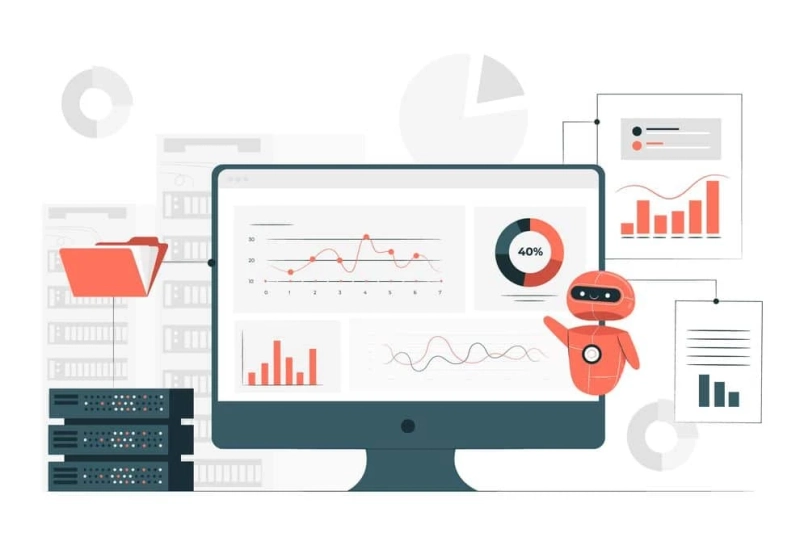For any organization using a helpdesk system, it is necessary to analyze various service desk reports. So, if you are ignoring the reports, you are missing out on some essential data and figures that matter when it comes to customer satisfaction. It might impact your brand image adversely, and it will be harder to gain lost trust.
It is a must for a service desk manager to have at least this many reports as mentioned below so that they can analyze and take action accordingly. Let’s have a look at them.
Volume of Incoming Tickets
A service desk manager should have the daily, weekly, and monthly data reports of the incoming tickets. This data will give the idea of how many support agents will be required to tackle the incoming ticket flow.
Also, if you observe a rise in a specific ticket category after any changes or updates are rolled out, it will give the insights to update your knowledge base and manuals. Thus, it is a must to have data reports of incoming tickets.
Volume of Resolved Tickets
Every organization wishes its ratio of incoming and resolved tickets is as low as possible. If the reports show that your resolved tickets volume falls short of the volume of incoming tickets, then the reason might be your service desk is understaffed, or there is some process gap. Having more unresolved tickets will leave your staff overworked as they will have to solve the unresolved tickets plus the incoming tickets.
These factors will undoubtedly delay the process of resolving the tickets, which is not good for companies\' brand value. So, more unresolved queries mean you need more support staff. It also means that there can also be process or training issues.
First Response Time
The first response time is the time between ticket generation to the first response a customer gets. The first response time must be as low as possible. If your response time is more, you can consider getting the categorization of queries automated, and also, some responses like “your query are under process” will give customers satisfaction.
If your companies’ first response SLAs are public, you must keep track of these metrics. A longer first response time will drop the customer satisfaction level.
Volume Backlog Tickets
The fewer or zero backlog tickets is what every organization seeks. But some tickets are complex and might not be resolved as per the service level agreement (SLA) targets. It is important to report such tickets rather than ignore them as it will be harder to resolve them later.
To narrow down the backlog, you can ask support agents to work overtime and clear the backlogs. But this is a temporary solution. If backlogs keep rising, try to find whether it is a lack of skill set in your staff members or an issue with the process.
Agent Utilization
The ratio between work done by your agent to their capacity of doing work will give measurements for agent utilization. It is a must to understand staff productivity and the cost per ticket.
Tracking and reporting agent utilization is essential for strategic capacity management, budget allotment, and reducing burnouts among agents.
Level of Customer Satisfaction
Customer satisfaction can make or break the brand image. So, that makes this metric the most crucial metric of all when it comes to helpdesk reporting as a whole. Having this report will give you an idea of how helpful the helpdesk has turned out to your customers.
You can ask your customers about their experience using a helpdesk through feedback. This feedback will help you analyze whether any changes are required or not.
Final Words
There are many benefits when it comes to service desk metrics. But you will only benefit when you are clear on the how and why of the metrics. Thus, make sure you have a routine for analyzing reports and try to make the best out of it to enhance your customer satisfaction.
0



